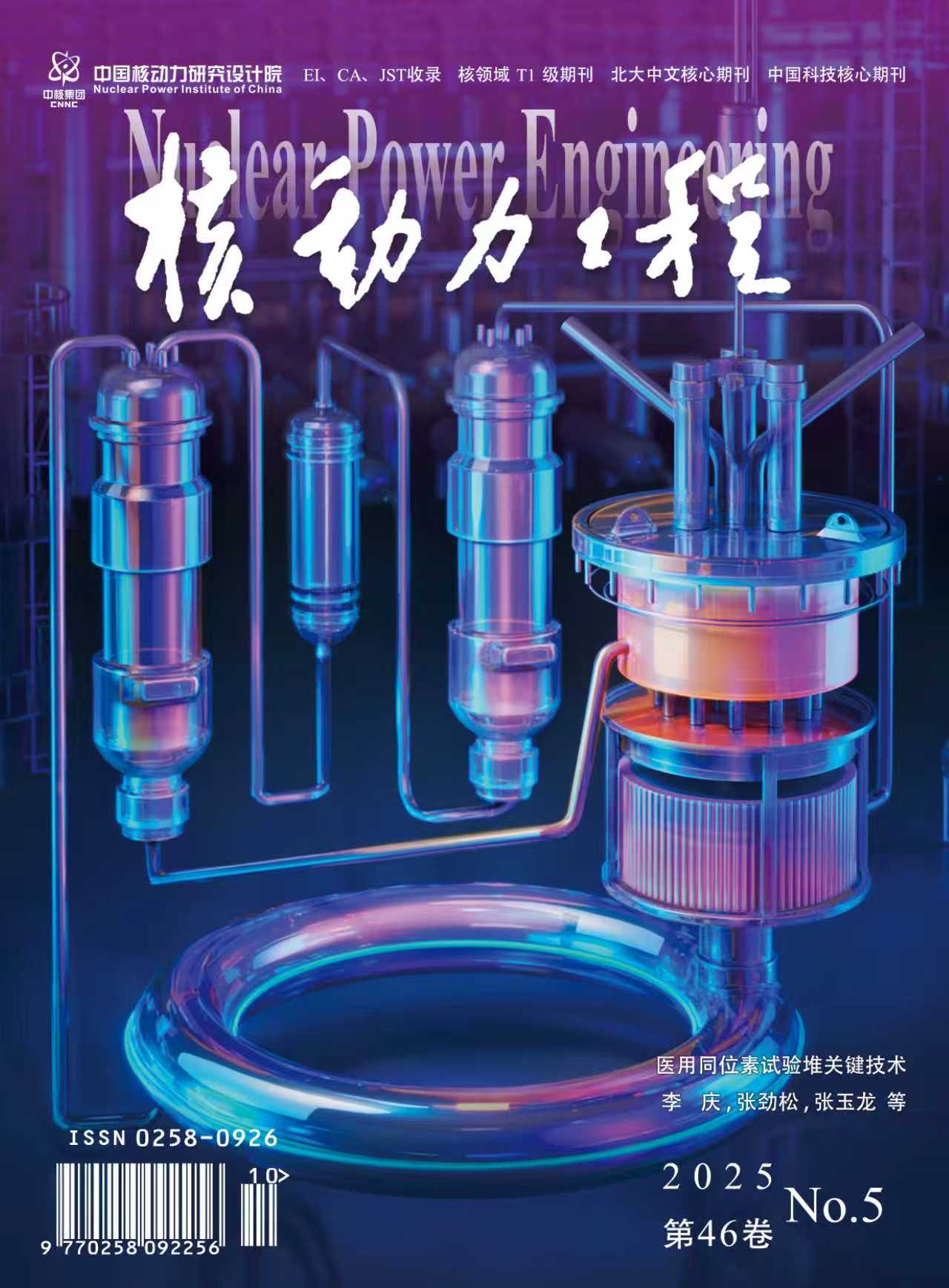2007 Vol. 28, No. 3
Display Method:
2007, 28(3): 1-5,37.
Abstract:
2007, 28(3): 6-9,42.
Abstract:
2007, 28(3): 10-13,55.
Abstract:
2007, 28(3): 14-18,55.
Abstract:
2007, 28(3): 19-21,60.
Abstract:
2007, 28(3): 22-26.
Abstract:
2007, 28(3): 27-31.
Abstract:
2007, 28(3): 32-37.
Abstract:
2007, 28(3): 38-42.
Abstract:
2007, 28(3): 43-46,60.
Abstract:
2007, 28(3): 47-50.
Abstract:
2007, 28(3): 51-55.
Abstract:
2007, 28(3): 56-60.
Abstract:
2007, 28(3): 61-64.
Abstract:
2007, 28(3): 65-67,102.
Abstract:
2007, 28(3): 68-71,112.
Abstract:
2007, 28(3): 72-77.
Abstract:
2007, 28(3): 78-81.
Abstract:
2007, 28(3): 82-86,89.
Abstract:
2007, 28(3): 87-89.
Abstract:
2007, 28(3): 90-93,124.
Abstract:
2007, 28(3): 94-97,124.
Abstract:
2007, 28(3): 98-102.
Abstract:
2007, 28(3): 103-106.
Abstract:
2007, 28(3): 107-112.
Abstract:
2007, 28(3): 113-116.
Abstract:
2007, 28(3): 117-120.
Abstract:
2007, 28(3): 121-124.
Abstract:
2007, 28(3): 125-127.
Abstract:



